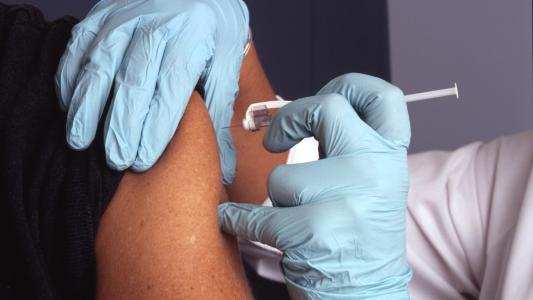A drug used to treat Parkinson’s disease lowered blood pressure and improved a measure of vascular health in young people with type 1 diabetes (T1D) in a small study. If the results hold up in larger trials, the drug could help millions ward off the heart problems linked to diabetes.
The disease: Our bodies use the hormone insulin to convert blood sugar into energy. People with T1D don’t produce enough insulin to control their blood sugar levels, which is why they must have regular injections of the synthetic stuff to live.
Having type 1 diabetes predisposes a person to heart disease, and the signs of these problems can start showing up when they’re still very young. A healthy diet and regular exercise can help mitigate this risk, but those habits are hard to strictly maintain.
What’s new? The FDA first approved bromocriptine, a drug that activates dopamine receptors, for medical use in the 1970s, and since then, it’s been used to treat Parkinson’s disease, symptoms of infertility, and more.
“We know that abnormalities in the large vessels around the heart, the aorta, and its primary branches, begin to develop in early childhood.”
Michal Schäfer
In 2009, a quick-release version of bromocriptine was approved to help control blood sugar in adults with type 2 diabetes, but the drug’s effect on T1D — which has a different cause than type 2 diabetes — or pediatric patients was unknown.
Now, researchers at the University of Colorado have demonstrated in a small trial that quick-release bromocriptine could help delay the signs of heart disease in adolescents with T1D.
“We know that abnormalities in the large vessels around the heart, the aorta, and its primary branches, begin to develop in early childhood,” said lead study author Michal Schäfer. “We found that bromocriptine has the potential to slow down the development of those abnormalities and decrease the risk for cardiovascular disease in this population.”
The trial: At the start of the trial, 34 people with T1D between the ages of 12 and 21 years had their blood pressure and aortic stiffness measured (aortic stiffness refers to the elasticity of the blood vessel walls, and stiff arteries contribute to the development of heart disease).
The participants were then separated into two groups. The people in one group were given bromocriptine once a day for four weeks, while the people in the other group received a daily placebo. Everyone’s blood pressure and aortic stiffness was then measured again.
“Bromocriptine has the potential to slow down the development of those [cardiovascular] abnormalities.”
Michal Schäfer
After a four-week-long “wash out” period, with no treatment or placebo, everyone switched groups — those who’d initially received the placebo received bromocriptine for four weeks, and vice versa. This allowed each participant to act as their own control in the study.
Their blood pressure and aortic stiffness was then measured one final time.
The results: The researchers found that bromocriptine significantly reduced participants’ blood pressure — at the end of the four-week treatment, their systolic blood pressure dropped by an average of 5 mm Hg and their diastolic blood pressure decreased by an average of 2 mm Hg.
To put that into perspective, blood pressure is written as systolic over diastolic, and “normal” is 120/80 or below, while “high” is 140/90 or higher. That means the change wouldn’t be enough by itself to bring someone from the high range into the normal range, but it could bring them from having elevated blood pressure down to a healthier measurement.
The researchers also discovered that bromocriptine was able to reduce aortic stiffness in participants, particularly in the ascending aorta, where elasticity increased by an average of 8%.
Looking ahead: This was a very small study, but it does suggest that bromocriptine could help ward off the signs of heart disease in young people with T1D, so the researchers are now planning larger trials.
If those confirm the drug’s efficacy, it could end up being a safe, straightforward way to help adolescents with T1D maintain their cardiovascular health — though a good diet and regular exercise might still prove more impactful.
We’d love to hear from you! If you have a comment about this article or if you have a tip for a future Freethink story, please email us at [email protected].






